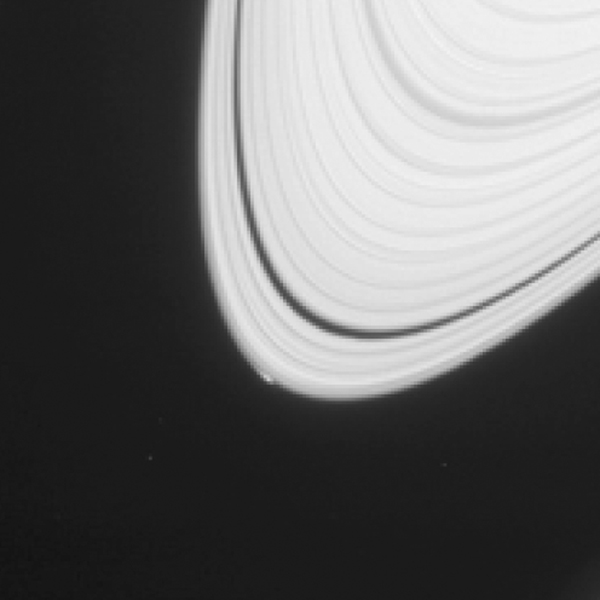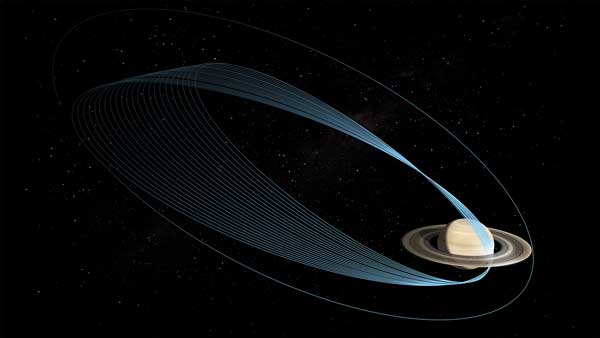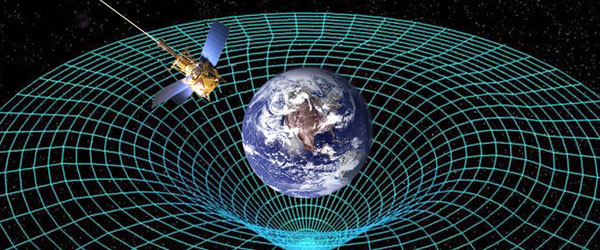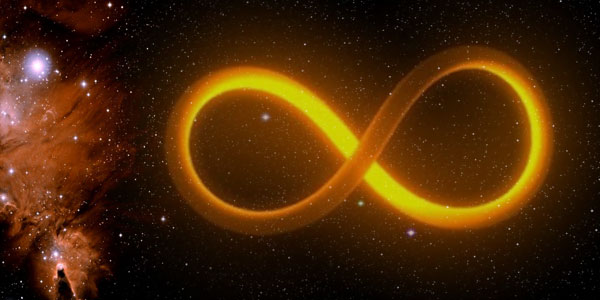NASA News: New Saturn Moon, Name Game, And More!

A new moon is rising… sort of. Last year, the Cassini spacecraft documented the formation of a small icy object within the rings of Saturn that may be a new moon. This may also provide clues to the formation of the planet’s known moons.

The image is from April 15, 2013, and it shows a disturbance in the force… sorry… in Saturn’s outermost A ring. The arc of the disturbance is about 750 miles by 6 miles and is 20 percent brighter than its surroundings. Scientists also found unusual protuberances in the usually smooth profile at the ring’s edge, and they believe the arc and protuberances are caused by the gravitational effects of a nearby object. The object, informally named Peggy, is too small to be seen in images so far. Scientists estimate it is probably no more than about a half mile (about a kilometer) in diameter. Details were published online April 14, 2014, by the Journal Icarus.
“We have not seen anything like this before,” said Carl Murray of Queen Mary University of London, the report’s lead author. “We may be looking at the act of birth, where this object is just leaving the rings and heading off to be a moon in its own right.” It probably won’t get bigger and may not even last, but it could help us understand how the icy moons of Saturn formed long ago in even more massive rings, as well as how the Earth and other planets formed and moved away from the sun.
“Witnessing the possible birth of a tiny moon is an exciting, unexpected event,” said Cassini Project Scientist Linda Spilker, of NASA’s Jet Propulsion Laboratory in Pasadena, Calif. Cassini’s orbit will move closer to the outer edge of the A ring in late 2016, providing an opportunity to study Peggy in more detail.
It is very possible that Peggy could be the last moon to form from Saturn’s rings, now too depleted to make any more, and this has scientists trying to learn all they can from Peggy. They may never get this chance again. “The theory holds that Saturn long ago had a much more massive ring system capable of giving birth to larger moons,” Murray said. “As the moons formed near the edge, they depleted the rings and evolved, so the ones that formed earliest are the largest and the farthest out.”

But that’s not all from Cassini, which is approaching its 10th anniversary at Saturn. In late 2016, the Cassini spacecraft will begin a completely new type of mission at Saturn. During its final months, the spacecraft’s orbit will carry it high above the planet’s north pole and then send it plunging between the planet and the innermost edge of its dazzling rings, repeatedly climbing high above Saturn’s north pole, flying just outside its narrow F ring. Cassini will probe the water-rich plume of the active geysers on the planet’s intriguing moon Enceladus, and then it will hop the rings and dive between the planet and innermost ring 22 times.
RELATED: More on Cassini’s mission to Enceladus on Week in Reveiw 2014 #14
Because the spacecraft will be very close to Saturn, the team has been calling this phase “the proximal orbits.” But they think someone out there can conjure up a cooler name. Here’s where you come in: What should we call this exciting phase of Cassini’s mission? The Cassini team wants you to help decide. you can choose your faves from a list already assembled, or you can submit your own ideas (up to three). The Cassini team will choose a name based on your input, and the big reveal for the final name will be in May 2014. Time’s a-tickin’, so get your votes in!
This naming contest is part of the 10-year anniversary celebration. The mission will mark a decade of exploring Saturn, its rings and moons on June 30 PDT (July 1 EDT).
For more information on the contest, visit: http://saturn.jpl.nasa.gov/name
As part of the anniversary celebration, the Cassini team has released a video preview of the next four years of the mission:
To view an image of the Saturn ring disturbance attributed to the new moon, visit: http://www.jpl.nasa.gov/spaceimages/details.php?id=PIA18078
For more information about Cassini, visit these sites: http://www.nasa.gov/cassini http://saturn.jpl.nasa.gov
![]()


